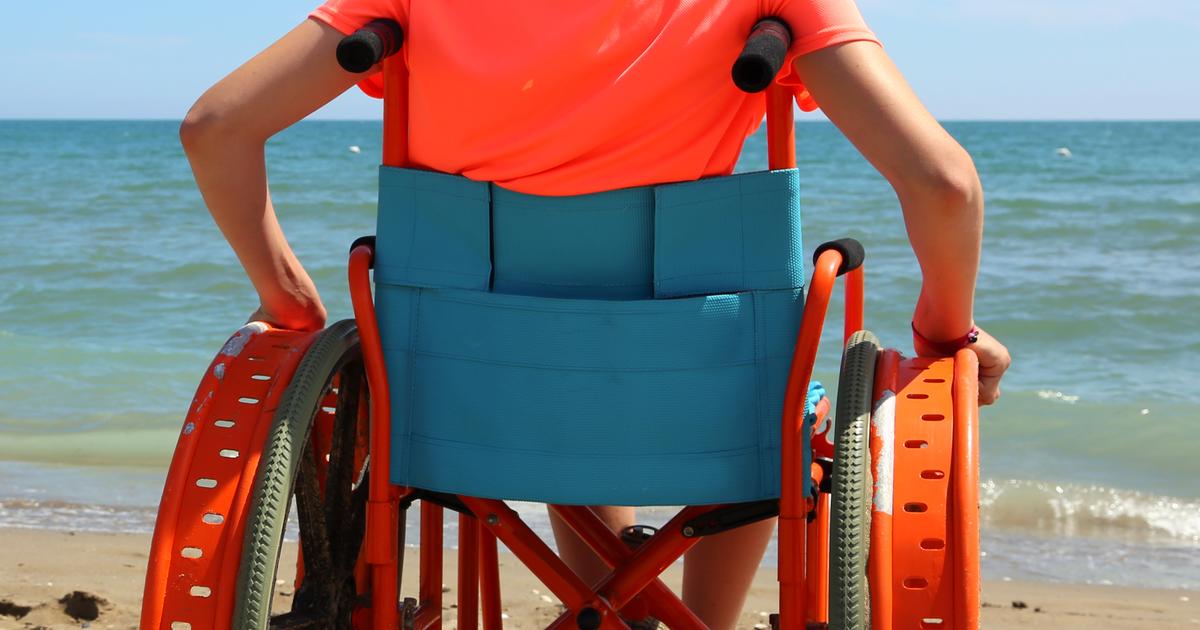Treatment Options For Muscular Dystrophy
Use Of Walkers And Wheelchairs

The use of walkers and wheelchairs can help with muscular dystrophy. The type of mobility aid that works best for a patient will vary depending on their symptoms. Some individuals use multiple different mobility aids. Even when the disease affects the legs, many patients can walk to some degree for years. An affected individual might use a walker or a cane when they're walking short distances, but they may switch to a wheelchair for longer ones.
Many muscular dystrophy patients who use a wheelchair can walk or stand in some capacity, though this does not negate the need for a wheelchair. Mobility devices won't necessarily slow the disease's progression, and they may not reduce the presence of symptoms. But using mobility aids allows muscular dystrophy patients to maintain a greater level of independence. Mobility aids have a direct and significant impact on a patient's quality of life and general satisfaction with life.
